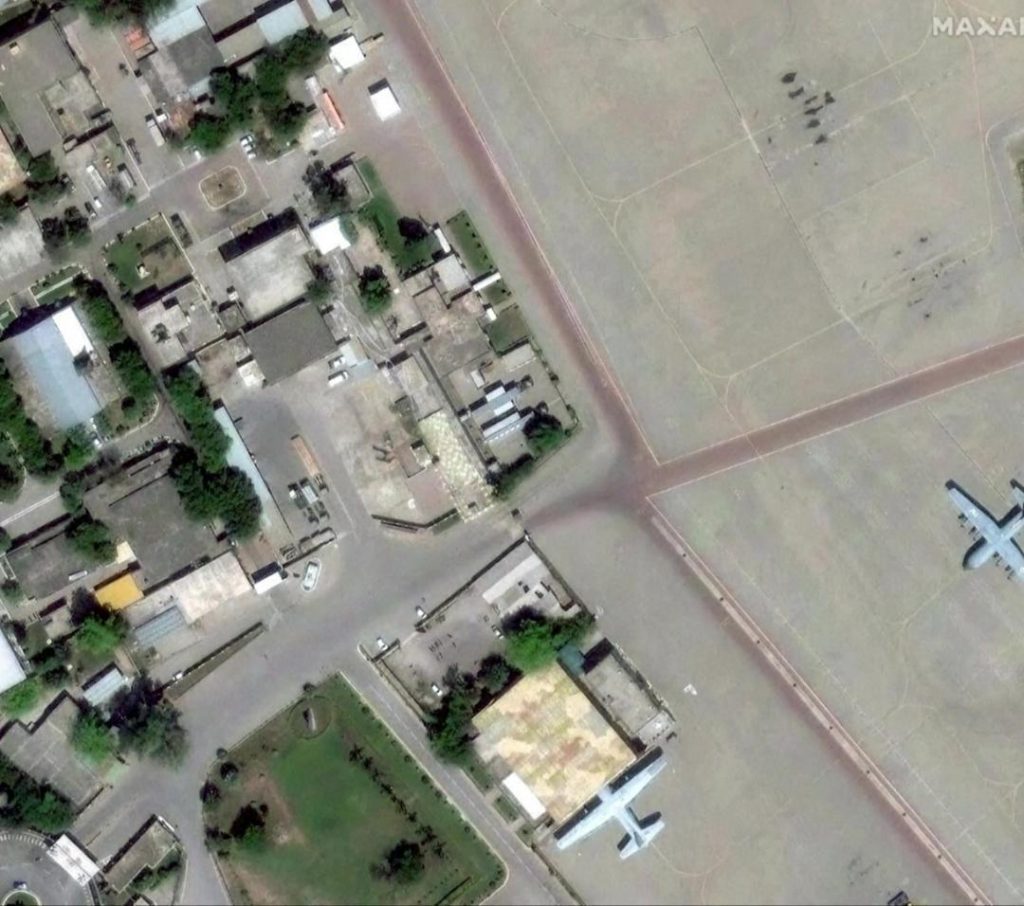
Air Defence Systems of China & Pak No Match for India’s BrahMos: Expert
In recent years, the Indo-Pakistani border has witnessed heightened tensions, with both countries engaging in a series of military skirmishes. One of the most significant developments in this context is India’s successful use of BrahMos missiles to precisely strike Pakistan’s air bases. The BrahMos missiles, developed jointly by India and Russia, have been hailed as a game-changer in the region, capable of penetrating even the most advanced air defence systems. According to American urban warfare expert, Colonel (Retd) John Spencer, China and Pakistan’s air defence systems are no match for India’s BrahMos missiles.
In an interview with a leading news publication, Colonel Spencer praised India’s Operation Sindoor, which saw the Indian Air Force (IAF) use BrahMos missiles to target Pakistani air bases. The operation, which was carried out in response to a Pakistani airstrike, was a resounding success, with India exacting a heavy toll on Pakistan’s air force.
“China’s air defence systems and missiles are sub-par vis-à-vis India’s systems,” Colonel Spencer said. “India’s message was clear. It can hit anywhere in Pakistan anytime.” The expert’s comments are significant, given the fact that Pakistan has been trying to acquire advanced air defence systems from China in recent years.
The BrahMos missile, in particular, has been a subject of interest for defence analysts around the world. Developed jointly by India’s Defence Research and Development Organisation (DRDO) and Russia’s NPO Mashinostroyenia, the BrahMos missile is a supersonic cruise missile that can travel at speeds of up to Mach 2.8 (around 2,100 km/h). The missile has a range of over 300 km and is capable of delivering a payload of up to 200 kg.
What makes the BrahMos missile so effective is its ability to evade even the most advanced air defence systems. The missile’s supersonic speed and low radar cross-section make it extremely difficult to intercept, while its advanced guidance system ensures that it can accurately strike its target.
Pakistan, on the other hand, has been relying on Chinese-made air defence systems, including the FD-2000 and LY-80 surface-to-air missile systems. While these systems are advanced, they are no match for the BrahMos missile, according to Colonel Spencer.
“Pakistan’s air defence systems are not as advanced as India’s,” the expert said. “India has a significant technological edge over Pakistan in terms of air defence systems. The BrahMos missile is a game-changer, and Pakistan’s air defence systems are no match for it.”
The successful use of BrahMos missiles by the IAF has sent a clear message to Pakistan and China: India is capable of defending itself against any aerial threat. The operation has also demonstrated the effectiveness of India’s air power, which has been bolstered by the induction of advanced fighter jets like the Sukhoi Su-30MKI and the Rafale.
In the wake of Operation Sindoor, Pakistan has been trying to acquire more advanced air defence systems from China. However, it remains to be seen whether Pakistan can acquire systems that can counter the BrahMos missile.
China, on the other hand, has been developing its own hypersonic glide vehicle, which is capable of flying at speeds of up to Mach 10 (around 12,000 km/h). While this system is still in the development stage, it is expected to be deployed in the coming years.
However, even the development of China’s hypersonic glide vehicle is unlikely to neutralize the threat posed by the BrahMos missile. The BrahMos missile’s supersonic speed and low radar cross-section make it extremely difficult to intercept, and its advanced guidance system ensures that it can accurately strike its target.
In conclusion, the success of Operation Sindoor has demonstrated the effectiveness of India’s BrahMos missiles in neutralizing Pakistan’s air defence systems. The BrahMos missile is a game-changer in the region, and Pakistan’s air defence systems are no match for it. While China is developing its own hypersonic glide vehicle, it remains to be seen whether this system can counter the BrahMos missile.
As Colonel Spencer noted, India’s message was clear: it can hit anywhere in Pakistan anytime. The successful use of BrahMos missiles has sent a clear message to Pakistan and China: India is a force to be reckoned with, and its air power is a significant deterrent against any aerial threat.






